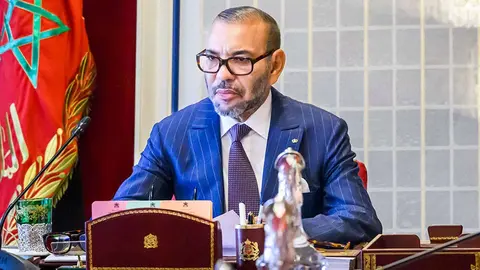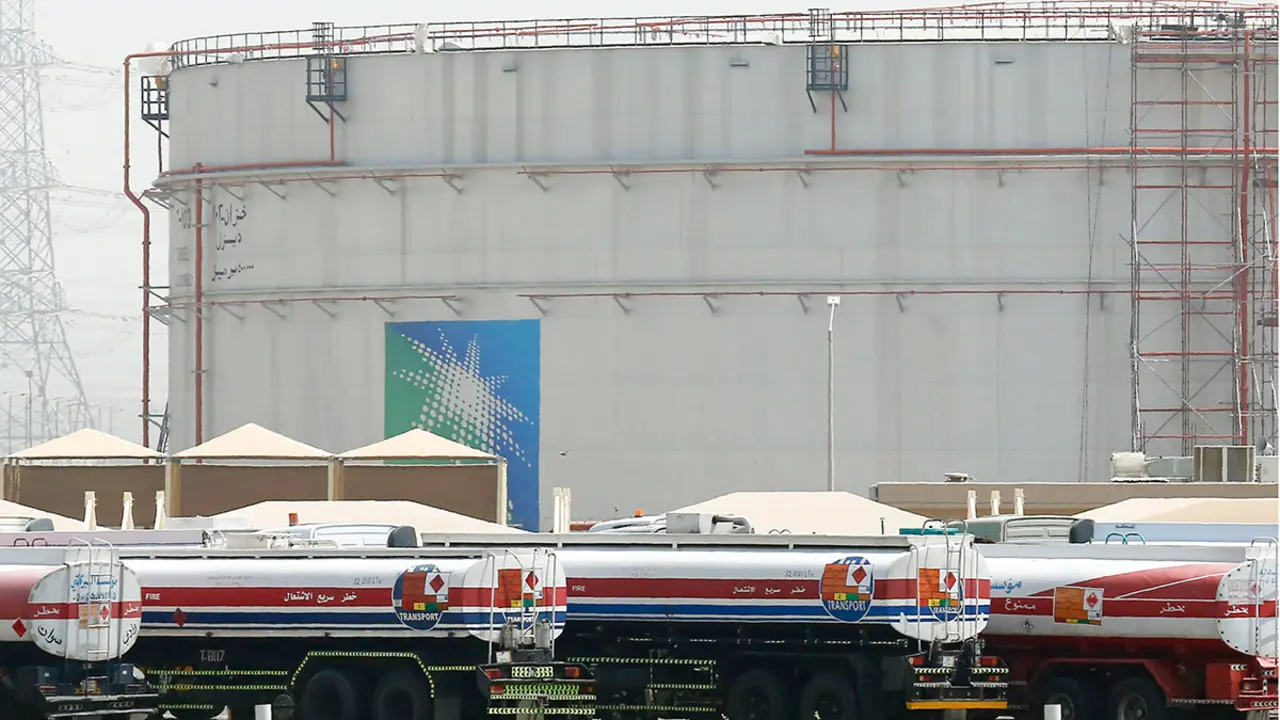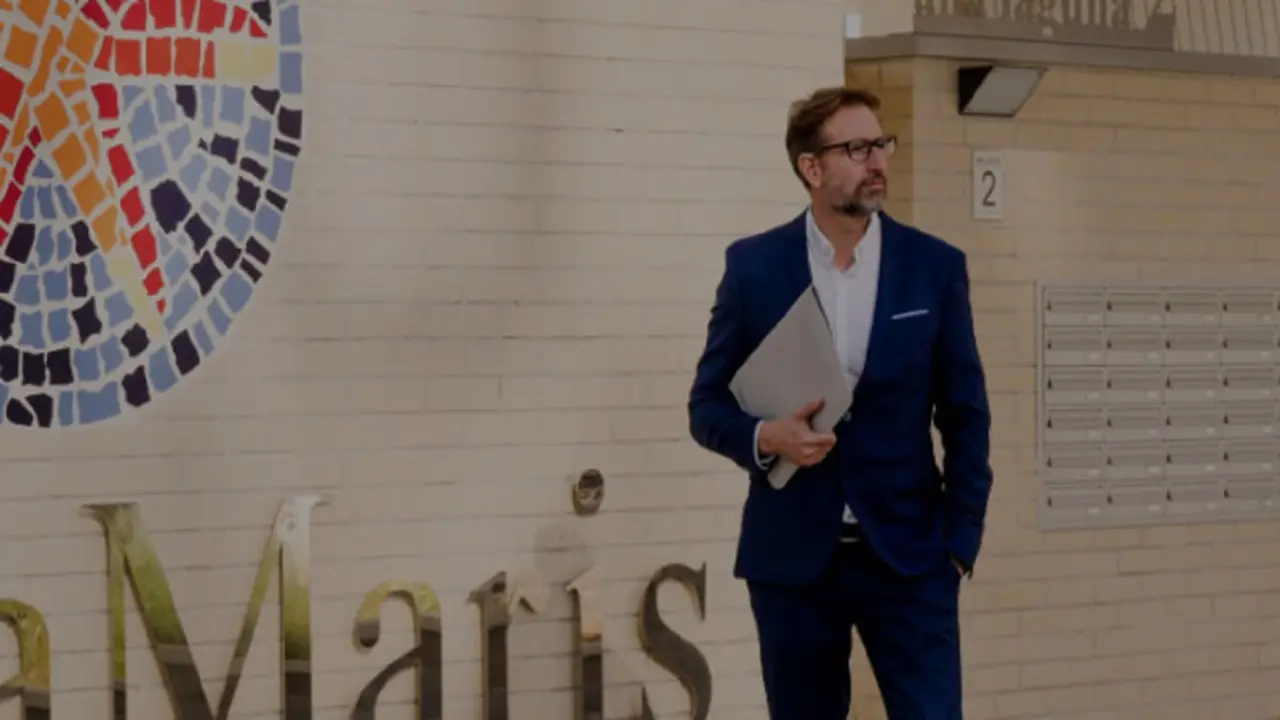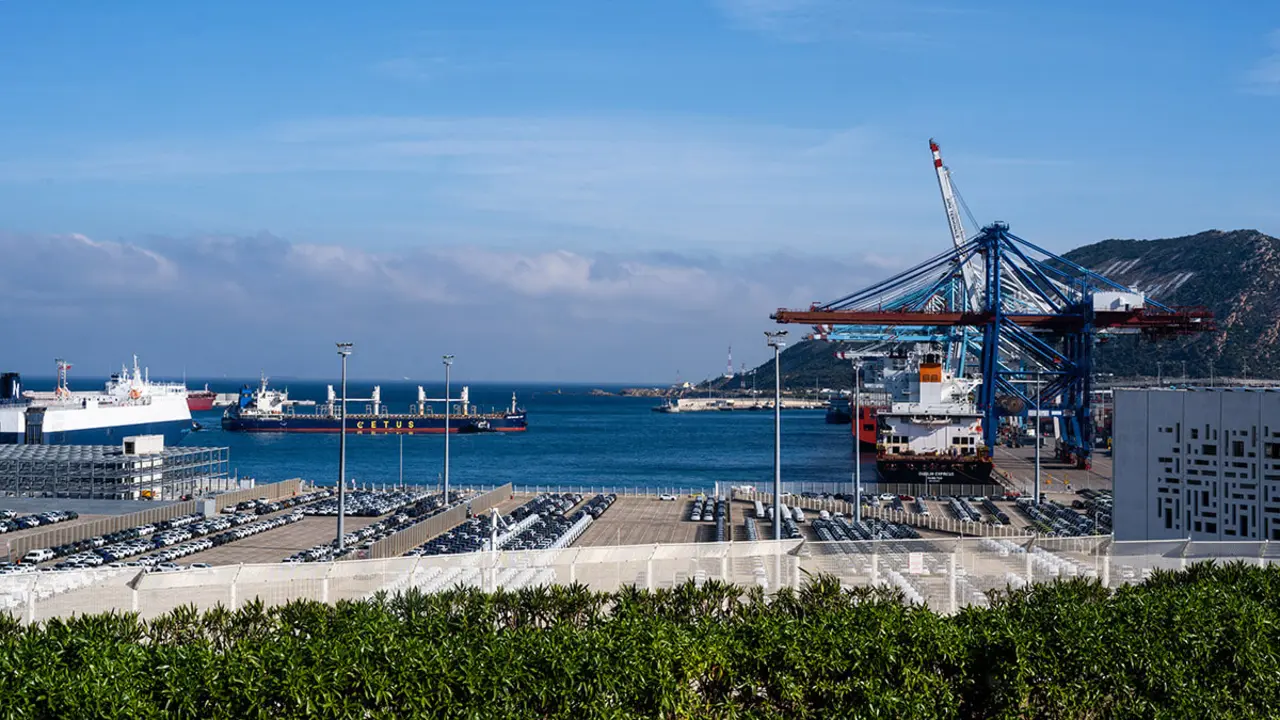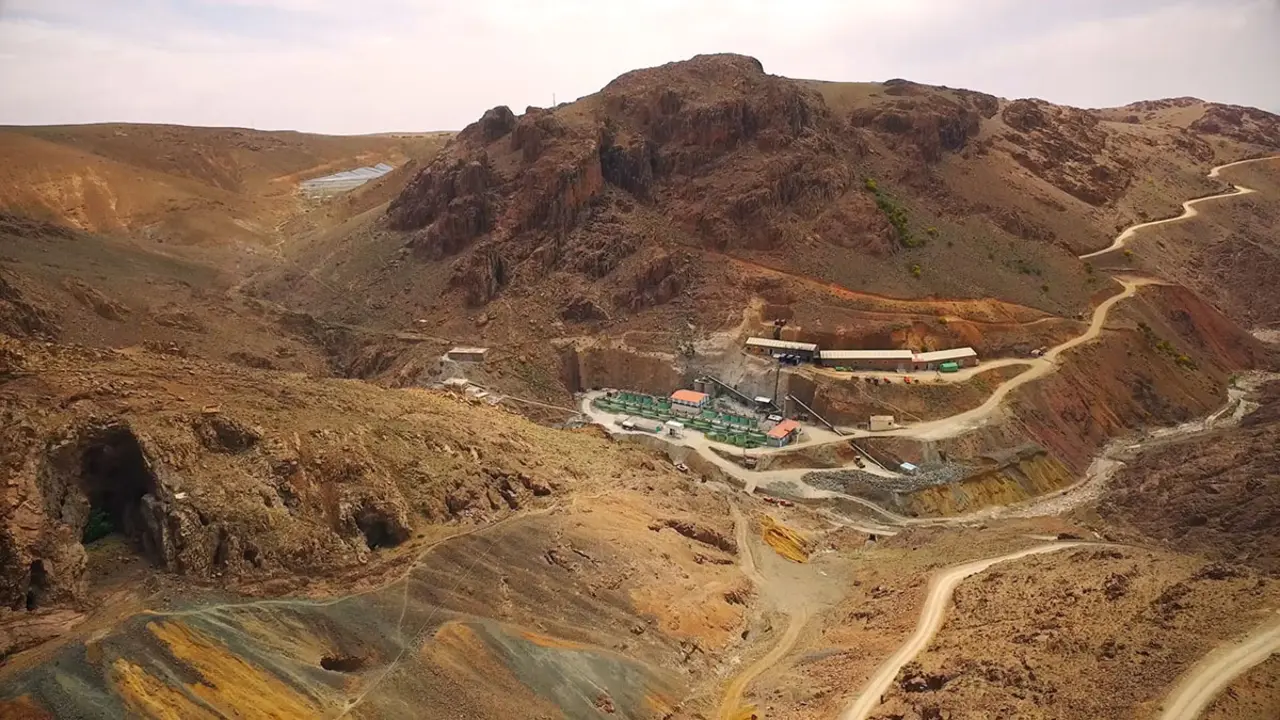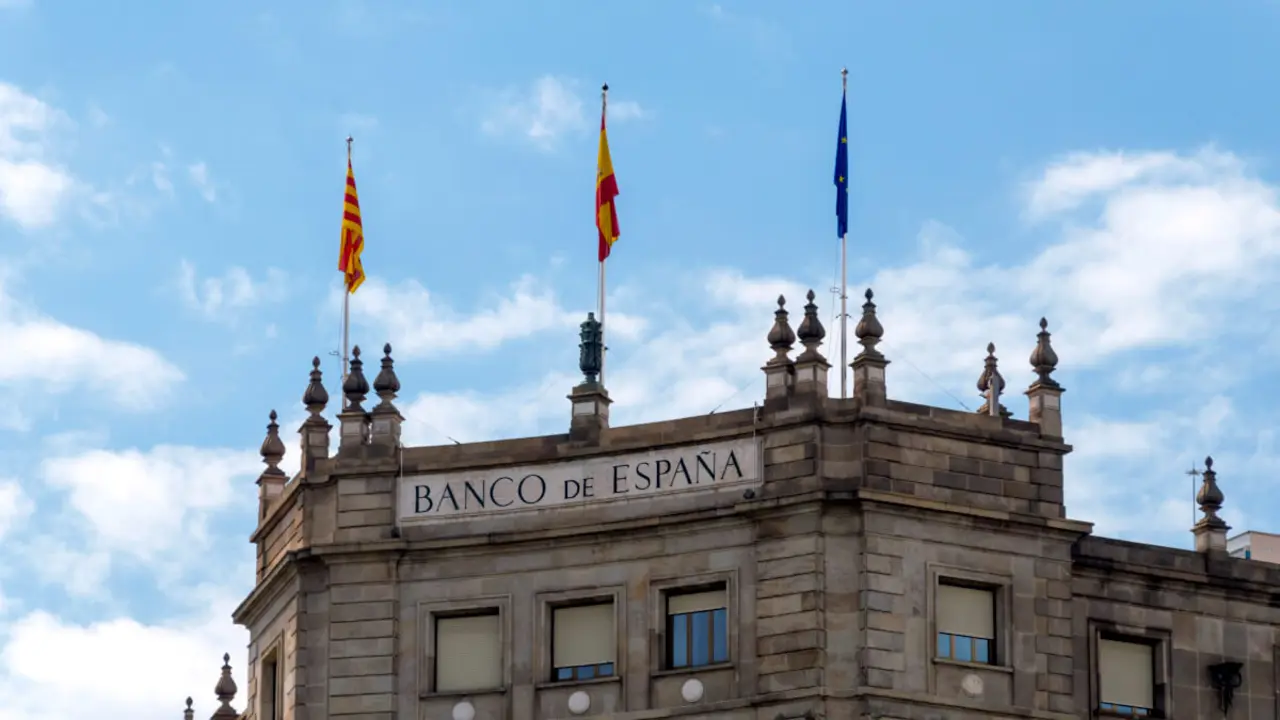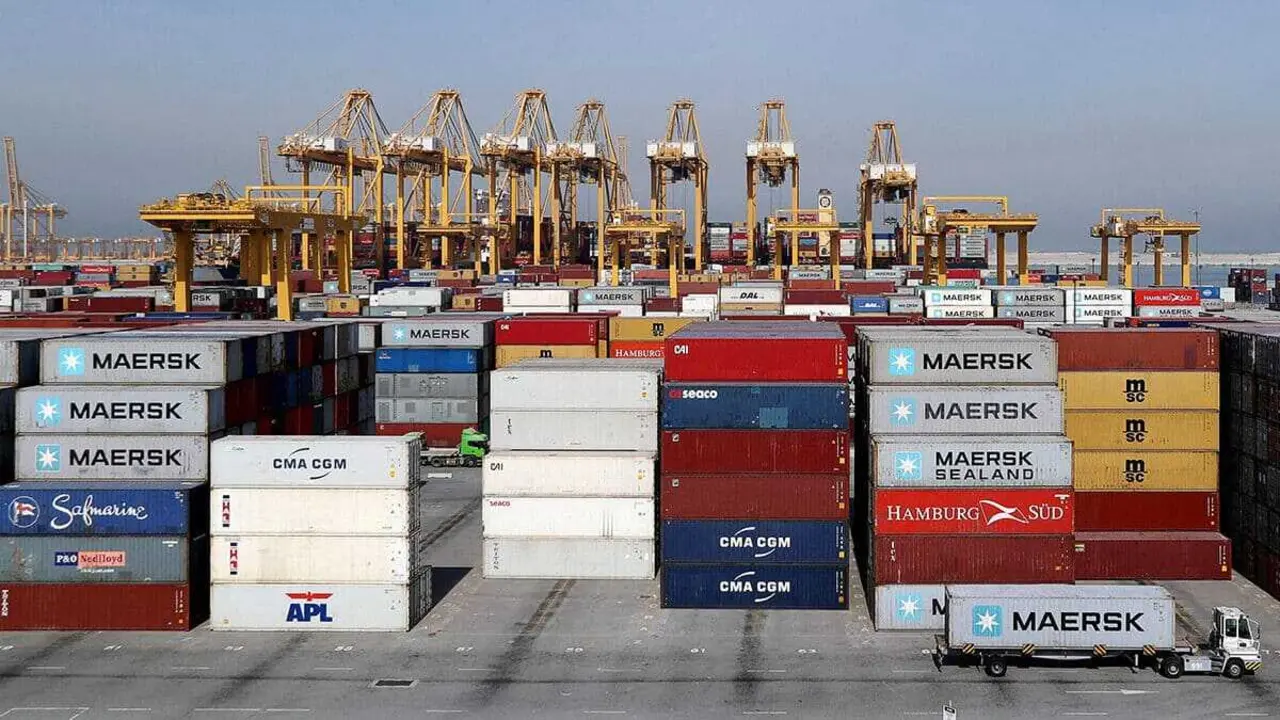Dakhla Atlantic Port: the new gateway to Africa
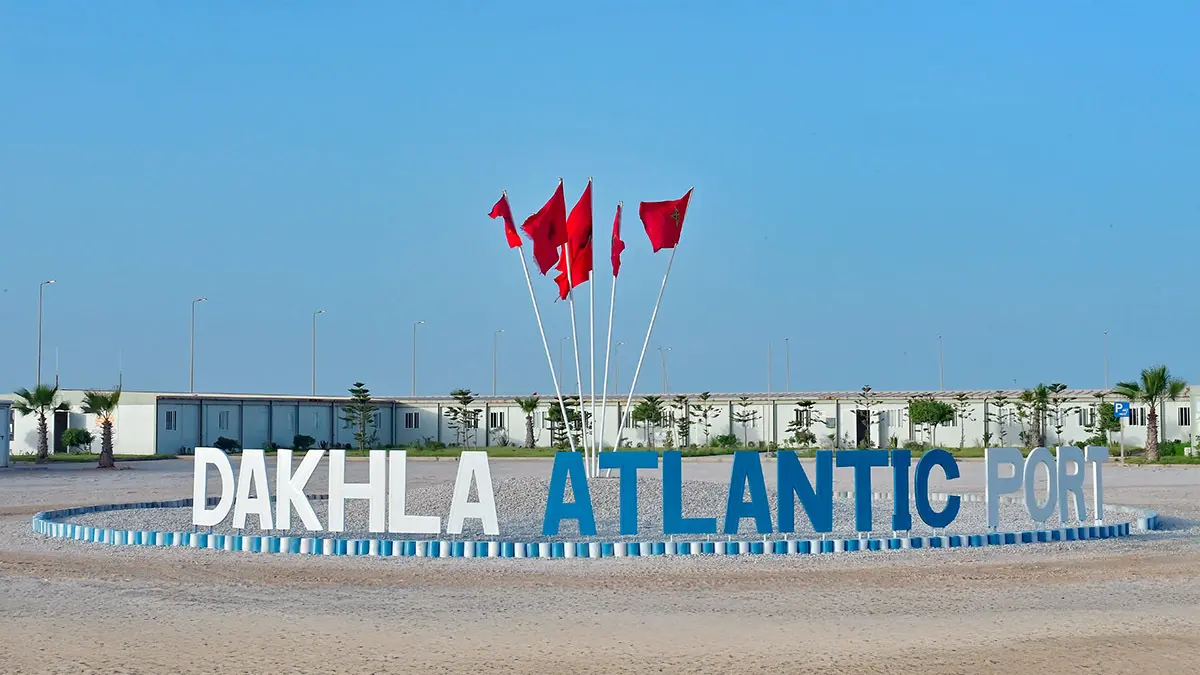
- Key to the Atlantic initiative for successful South-South cooperation
- A logistics hub generating employment
- An innovative structure for strategic objectives
- Sustainability and enhancement of ‘Made in Morocco’
The Atlantic Port of Dakhla represents a new gateway to Africa and a secure access for West Africa and the Sahel countries and will have a very positive impact on the socio-economic development of the Dakhla-Oued Eddahab region, South-South cooperation and African prosperity.
It is a promising mega-project that constitutes the key to the Atlantic Initiative and the Moroccan port strategy of 2030, and will play a strategic role for the South of Morocco and West Africa; providing the area with a modern logistical tool; in order to benefit from the future opportunities offered by the international maritime transport sector.
Once completed, the port will support the economic, social and industrial development of the region, in all its productive sectors such as fishing, agriculture, mining, energy, tourism, commerce, and the various other industries.
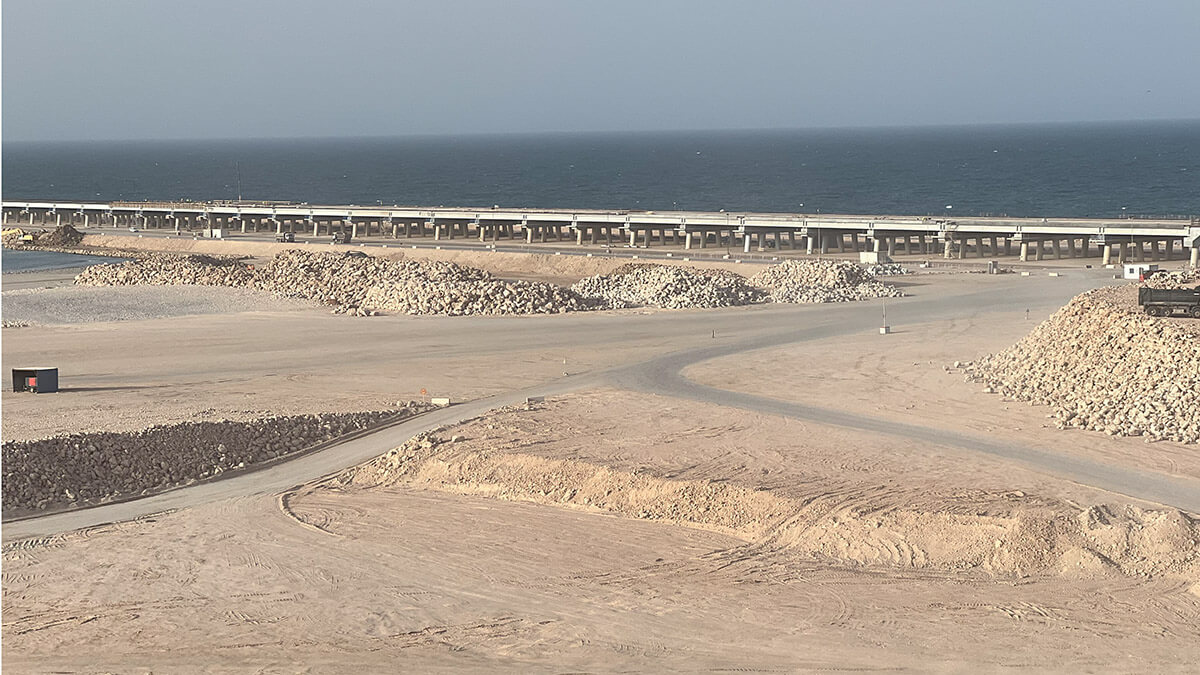
Thanks to the Atlantic Port of Dakhla, which is one of the bases of Morocco's maritime and economic strategy, the Alaouite kingdom will reposition itself as a bridge between Africa and Atlantic Europe, as well as inaugurating a new stage of fruitful cooperation at regional and international level.
It should be noted that this project is located in the village of Ntireft, 40 km north of Dakhla, which belongs to the rural municipality of El Argoub because of its favourable nautical conditions.
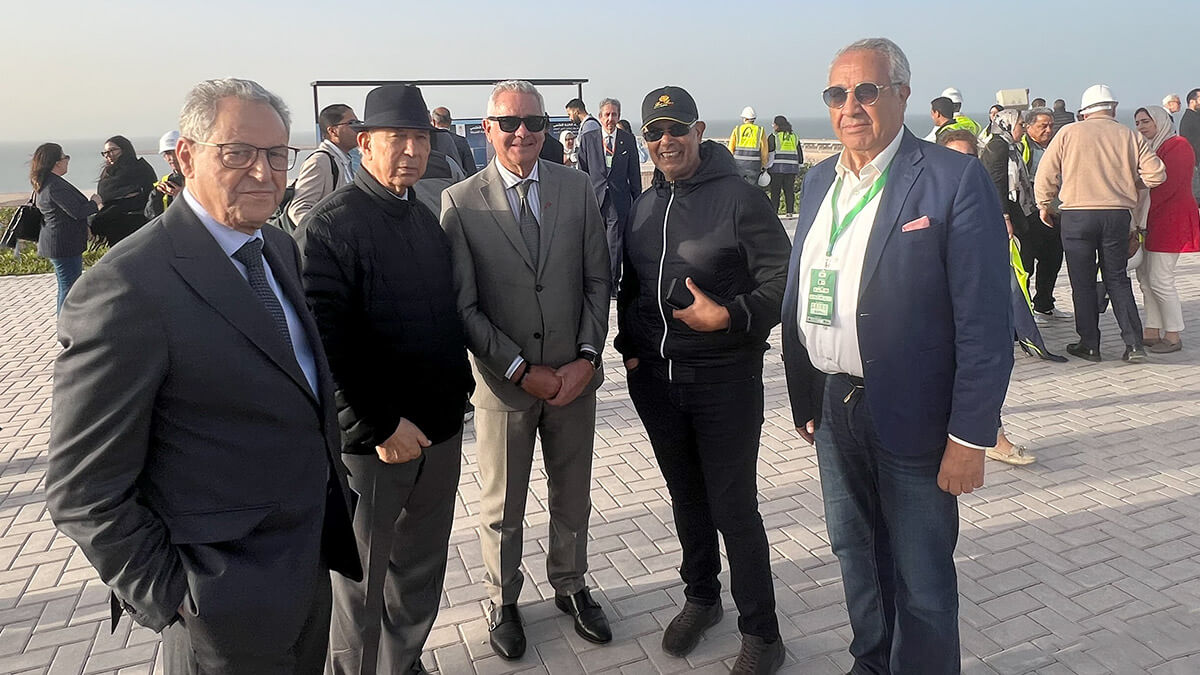
Key to the Atlantic initiative for successful South-South cooperation
The Dakhla Atlantic Port project is part of a context with three dimensions:
- The real initiative to facilitate access to the Atlantic Ocean for Sahel-Saharan countries.
- The 2030 national port strategy.
- The new development model for the southern provinces.
Launched in October 2021, the Atlantic Port of Dakhla is part of a global strategy that will transform intra-African trade and the continent's exchanges with the rest of the world. It is, in effect, the key to the Royal African Atlantic Front Initiative that seeks to accelerate regional economic integration and promote shared prosperity.
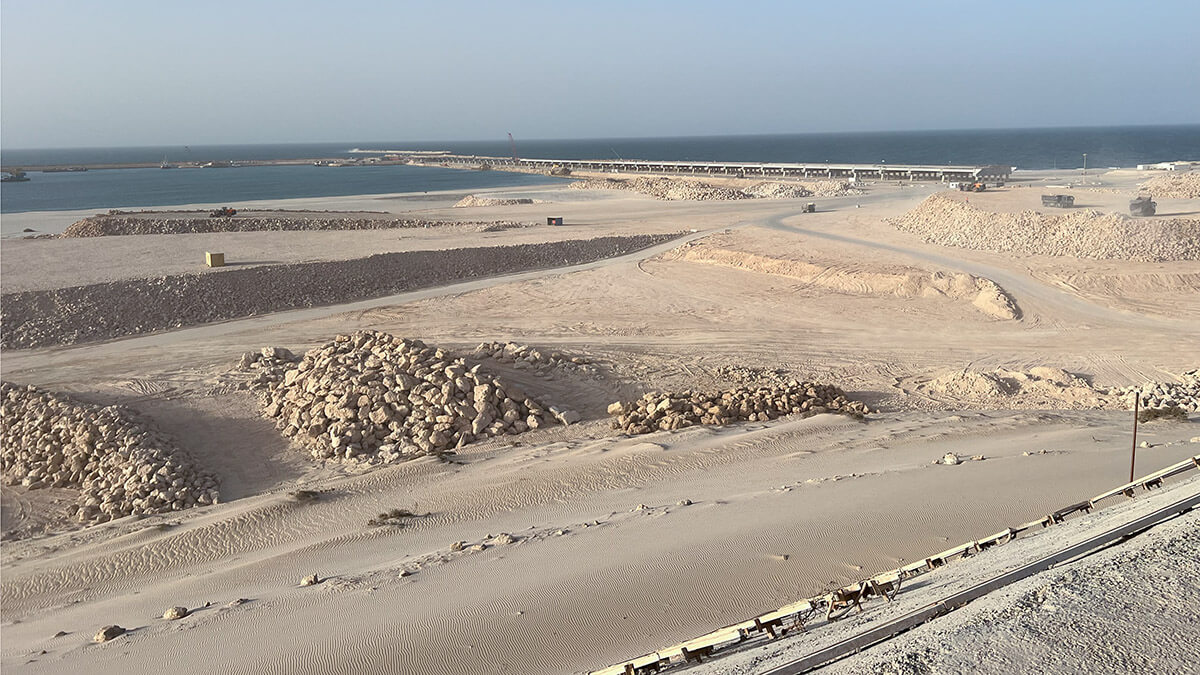
At the national level, the project is seen as highly relevant to the Kingdom's economic development and one of the considerable preparations for hosting the 2030 World Cup along with Spain and Portugal. It is part of a series of short- and medium-term programmes and strategies that aim to improve Morocco's connectivity with the rest of Africa and the world, not only by sea, but also by land and air.
In addition to guaranteeing a promising opening to the African market, the Atlantic Port of Dakhla will also facilitate the access of Sahel-Saharan countries to European and American markets.
Once the first terminals of the port of Dakhla are operational in 2029, the multidimensional project will make it possible:
- Respond to the diverse needs of the region and the demands of the international maritime fleet.
- Consolidate the attractiveness of the region by diversifying its economic fabric.
- Strengthen trade links between Morocco and the rest of the African continent, especially West Africa and the Sahel region.
- Improve connectivity and raise high expectations both regionally and continentally.
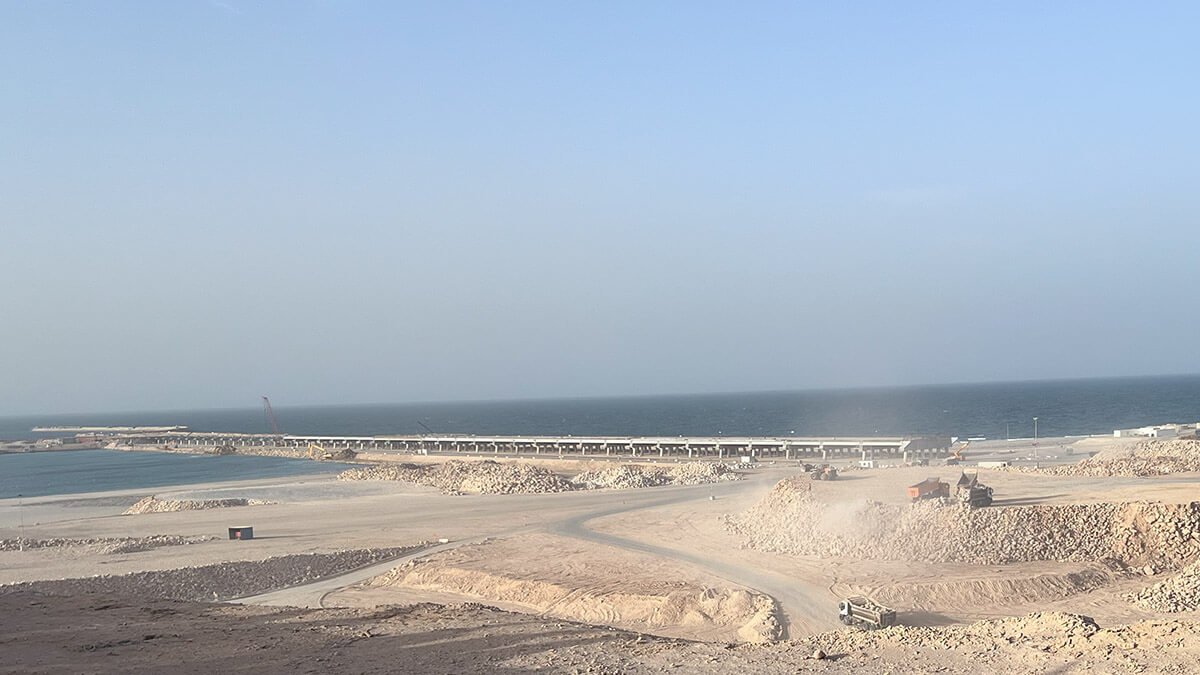
A logistics hub generating employment
The Atlantic Integrated Port of Dakhla is connected to the N1 national road connecting the north of the country from Tangier to the south as far as Guerguerat, including the Tiznit-Dajla expressway. It also enjoys land connectivity with Europe in the north and with the countries of the African continent in the south.
Having already exceeded 25% of its progress, the ambitious Atlantic project mobilises some 1,600 people, including executives and workers; creating direct and indirect jobs with more than 2,500 employment opportunities during the construction phase alone.
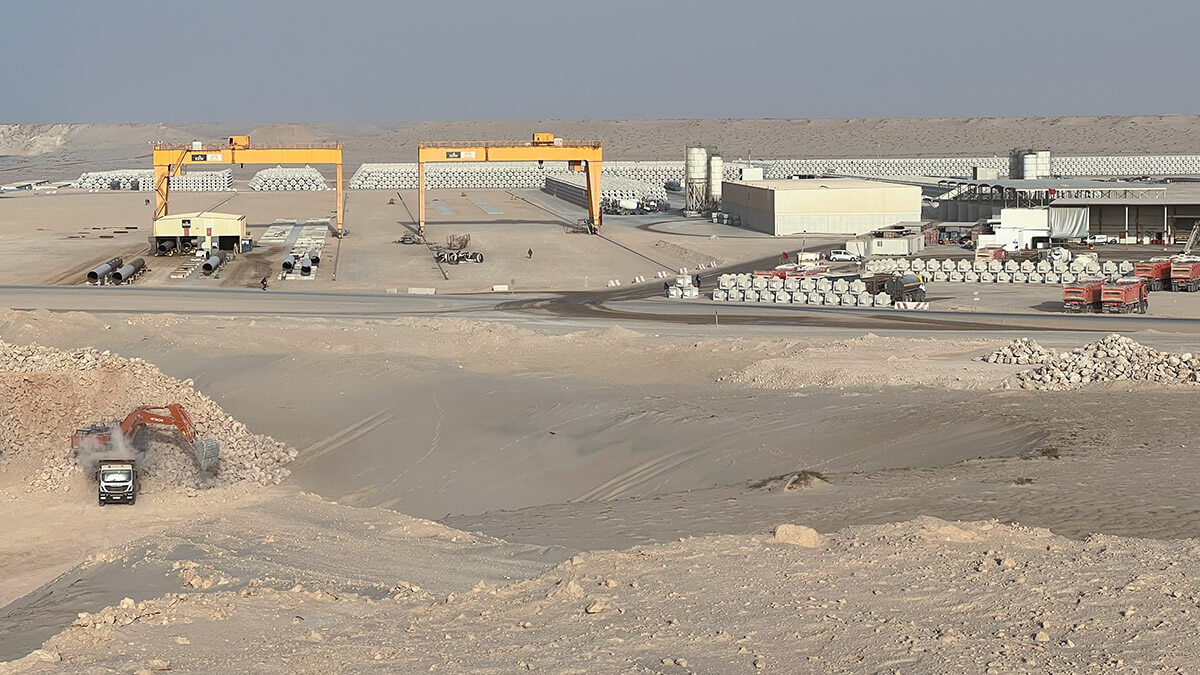
In terms of capacity, the port is expected to create approximately and process up to 35 million tonnes of cargo per year, including:
- The processing of more than 5 million tonnes of liquid raw materials.
- Handling more than 25 million tonnes of solid commodities and raw materials.
- Handling of more than 1 million containers.
- The storage of 5 million tonnes of oil per year.
- A space for handling TIR traffic thanks to RO-RO (Roll on, Roll off) ro-ro transhipment.
- A 650-hectare industrial logistics zone to strengthen trade and maritime relations between the Moroccan kingdom and Africa.
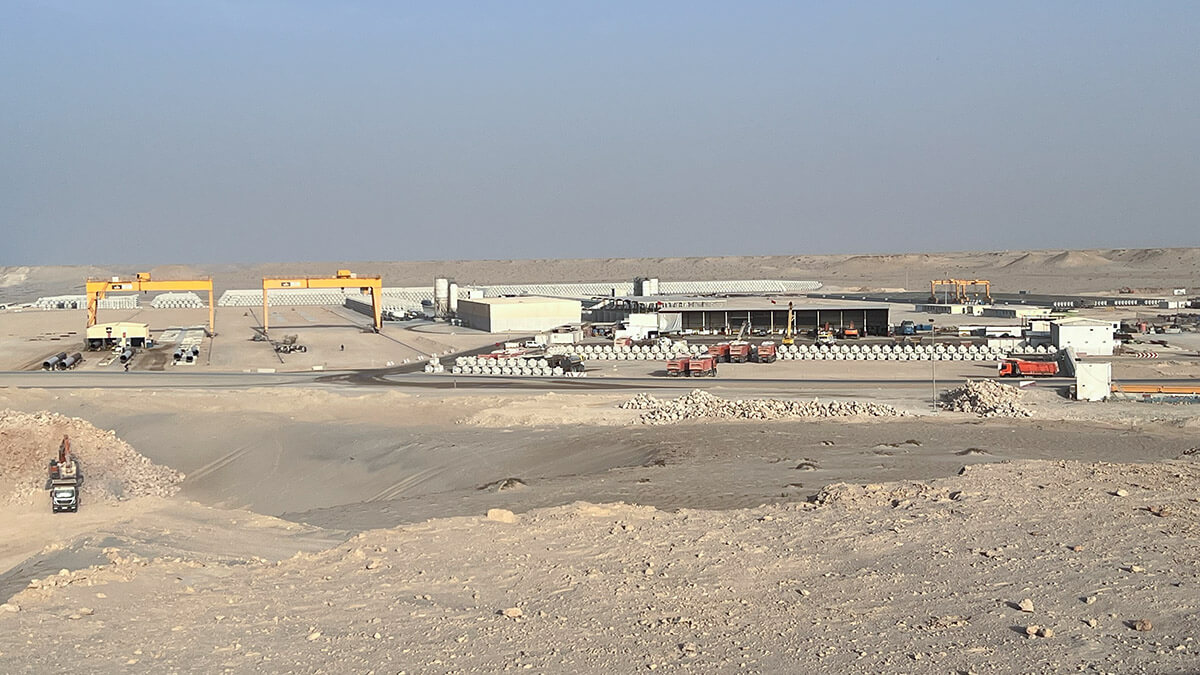
An innovative structure for strategic objectives
This titanic project is fully in line with the Atlantic Initiative to support the Sahel countries and aims to achieve the following objectives:
- To sustain social and industrial economic development in fisheries, agriculture, mining, energy, tourism, manufacturing and trade.
- Ensure competitive conditions for maritime fisheries and related industries.
- Provide the region with a modern and scalable logistical tool for its opening to the African and American continent.
- Implement the strategic axes of the New Development Model for the Southern Provinces of the Kingdom.
- Increase the region's contribution to the national economy from the current 1.3% to 2.2%, with a development rate above the national average.
- To ensure high-quality industrial infrastructures of proximity in order to improve the competitiveness of local economic actors.
Covering an area of 1,650 hectares, the project for the Atlantic Port of Dakhla is progressing in leaps and bounds, for the construction of an innovative structure comprising the following different components:
- An access road of 7 kilometres and a seaway of 1.3 kilometres.
- A maritime port structure which is divided into three parts respectively dedicated to ship repair, fishing traffic and commercial activities.
- Two platforms with a depth of -12 metres for the 2,000-metre length and -16 metres for the 800-metre length.
-
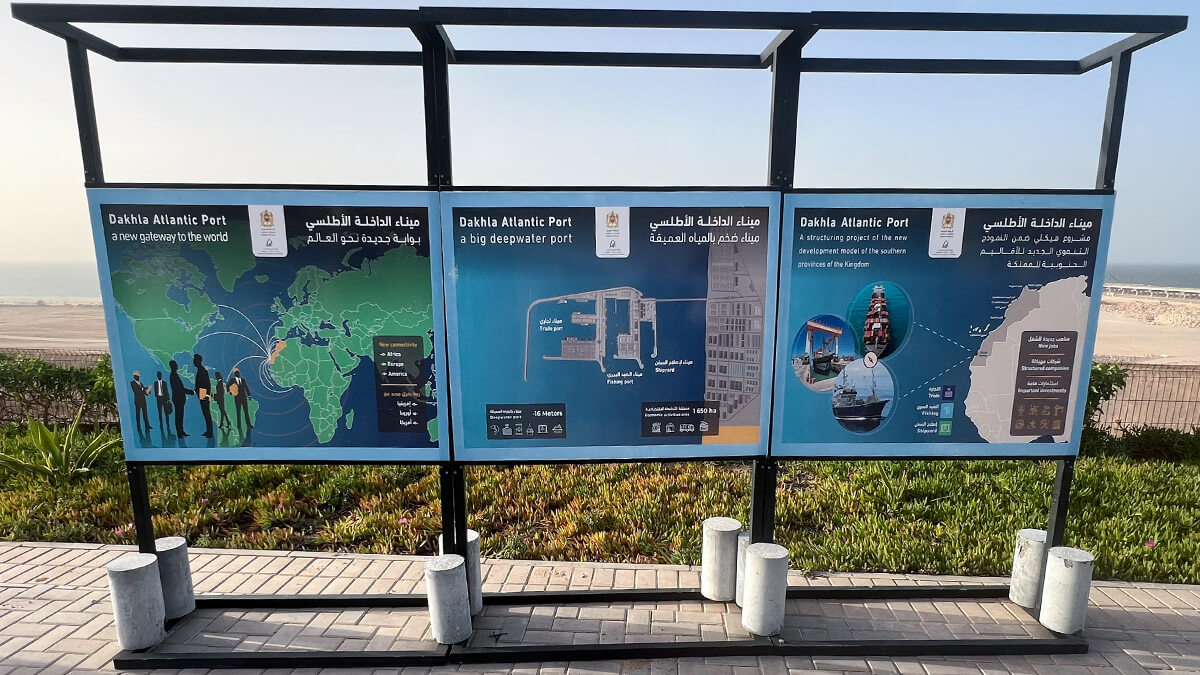
Atlantic Port of Dakhla - PHOTO/ATALAYAR
Other components of the project include:
- A commercial port (694 metres of quays at -16 metres).
- An anchorage for oil tankers (115 metres at -16 metres) and an anchorage for RO-RO vessels (45 metres at -16 metres).
- A fishing port (fishing area: 1,583 metres at -12 metres).
The structure of the port has industrial zones and logistic poles that make it a logistic hub of great importance for the region; through:
- A zone of economic activities to provide high quality industrial, logistic and commercial services.
- An industrial zone for the supply of industrial units (equipped buildings, assembly and conversion factories, maintenance facilities and construction materials).
- A logistics pole (150 hectares) with specialised platforms for distribution and logistics services, marketing of agricultural, construction and container materials.
- A competitiveness pole for marine products (200 hectares) to valorise local marine products derived from fishing and fish farming activities in the region.
- A commercial zone with specialised platforms to present the region and sell products.
- A shared public services pole (65 hectares) providing basic services to economic operators and training in various fields (logistics, industry, services, etc.).
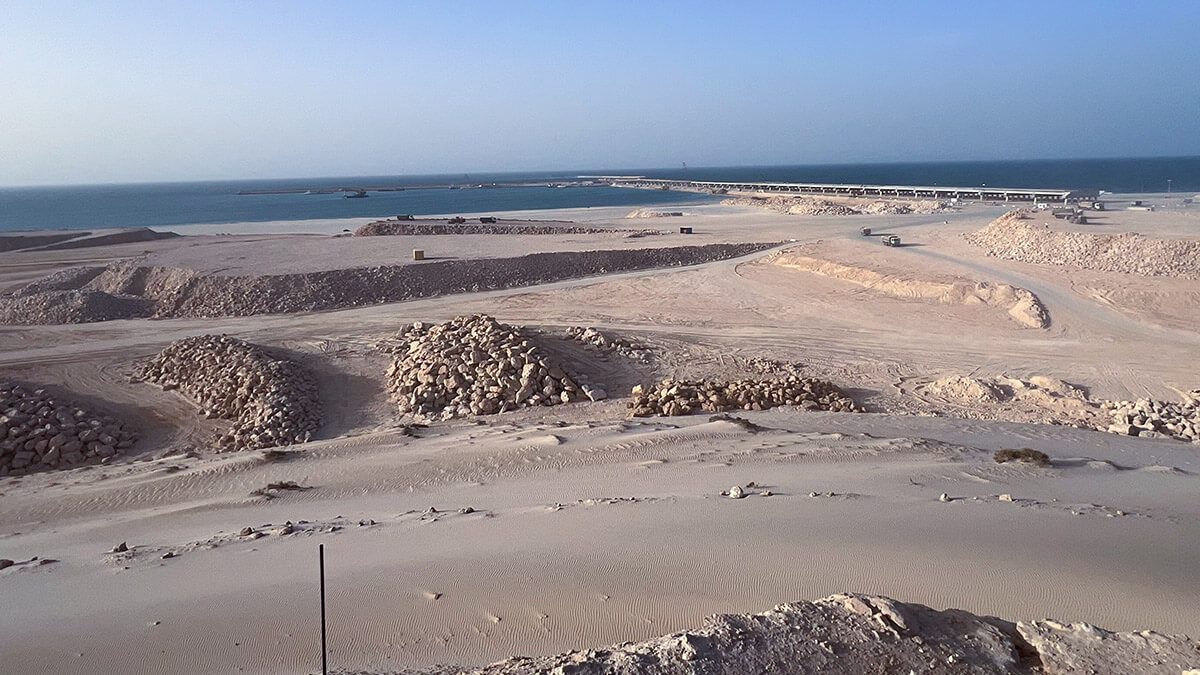
Sustainability and enhancement of ‘Made in Morocco’
With a surface area of 1,650 hectares and a budget of 12.65 billion dirhams (1.222 million euros), the Atlantic Port of Dakhla is a large-scale logistics platform which is committed to sustainability and renewable energies for a prosperous future not only for the Kingdom, but also for an entire African continent which aspires to face the challenges of climate change with its own solutions.
In this regard, it is worth highlighting the project's commitment to be powered by renewable energies and to ensure that it becomes more and more sustainable. In line with Morocco's national energy policy, which relies on the development of clean energies: solar, wind and green hydrogen, the project leaders affirm their ambition to supply 100% of the port's energy consumption by photovoltaic energy, alongside a more conventional generator for emergencies.
To this end, important energy initiatives such as the Dakhla Wind Farm project (40 MW), developed by the Dakhla Water and Energy Company S.A., intended to meet the electrical energy needs of the sea water desalination station, with an investment of 1.7 billion dirhams and a production capacity of 100 000 m3/d, stand out.

In the same vein, the Dakhla-Oued Eddahab region is expected to be one of the world's leading sources of green hydrogen production in the coming years, due to the huge projects planned there with a total investment of 200 billion dirhams; namely:
- A green hydrogen and ammonia production plant developed by the Dahamco SA company (553,435 hectares), with an investment of 254 million and 3,100 jobs planned.
- A production unit of the Falcon company (150,446 hectares), with an investment of 100 billion dirhams and the creation of 350 jobs.
- A renewable energy plant for the production of green hydrogen (70,000 hectares) developed by Taqa Morocco with funding of 96 billion dirhams and which will create 56 jobs.
- A plant dedicated to the production of green hydrogen built by Power SUR SARL (15,000 hectares), with an investment of 19.5 billion dirhams, and which should create 650 jobs.
The construction of the port of Dakhla was an opportunity to highlight Morocco's competence in terms of mega-projects of this size. Made in Morocco is reflected in the two groups in charge of the works, SGTM and Somagec Sud, which won the tenders against other construction companies from Greece, Egypt and France.
Led by these two Moroccan groups, several European companies are participating in the construction of this large port, including some Spanish companies (Sato, Sener, Artelia and Green), bringing their engineering know-how to launch the operation of the port by 2029.

